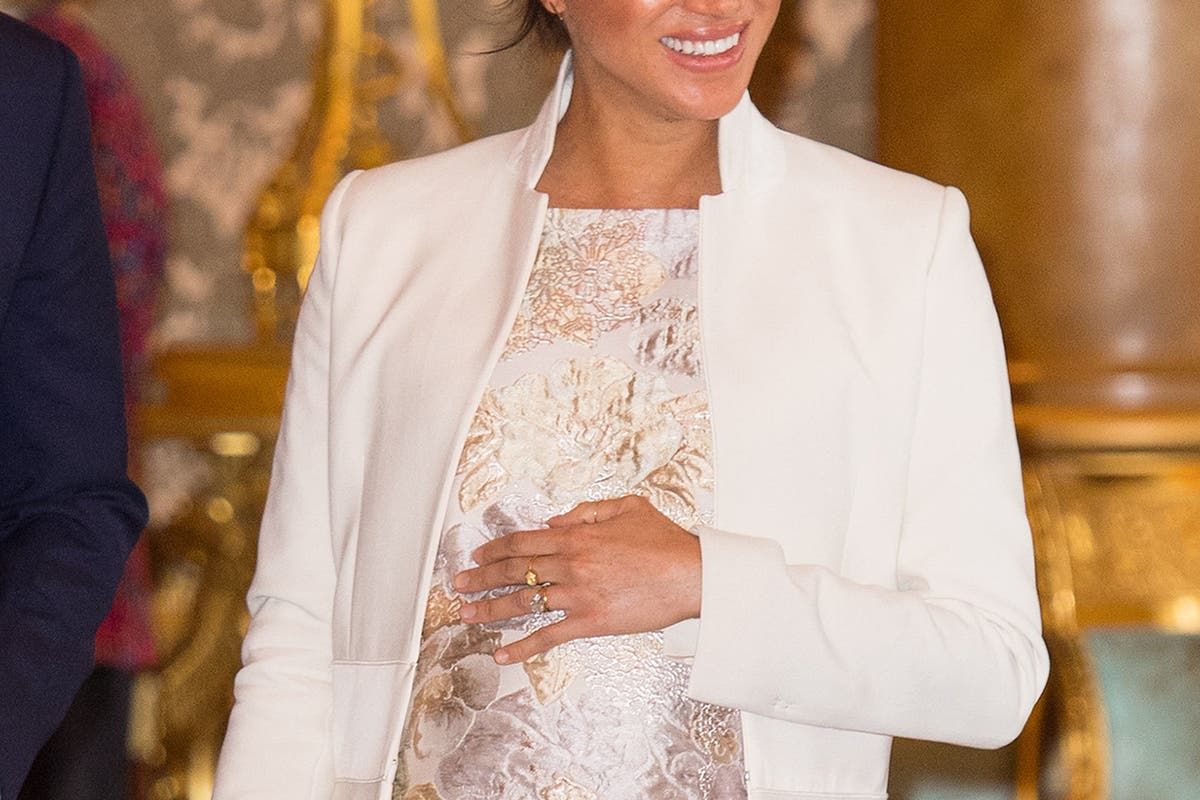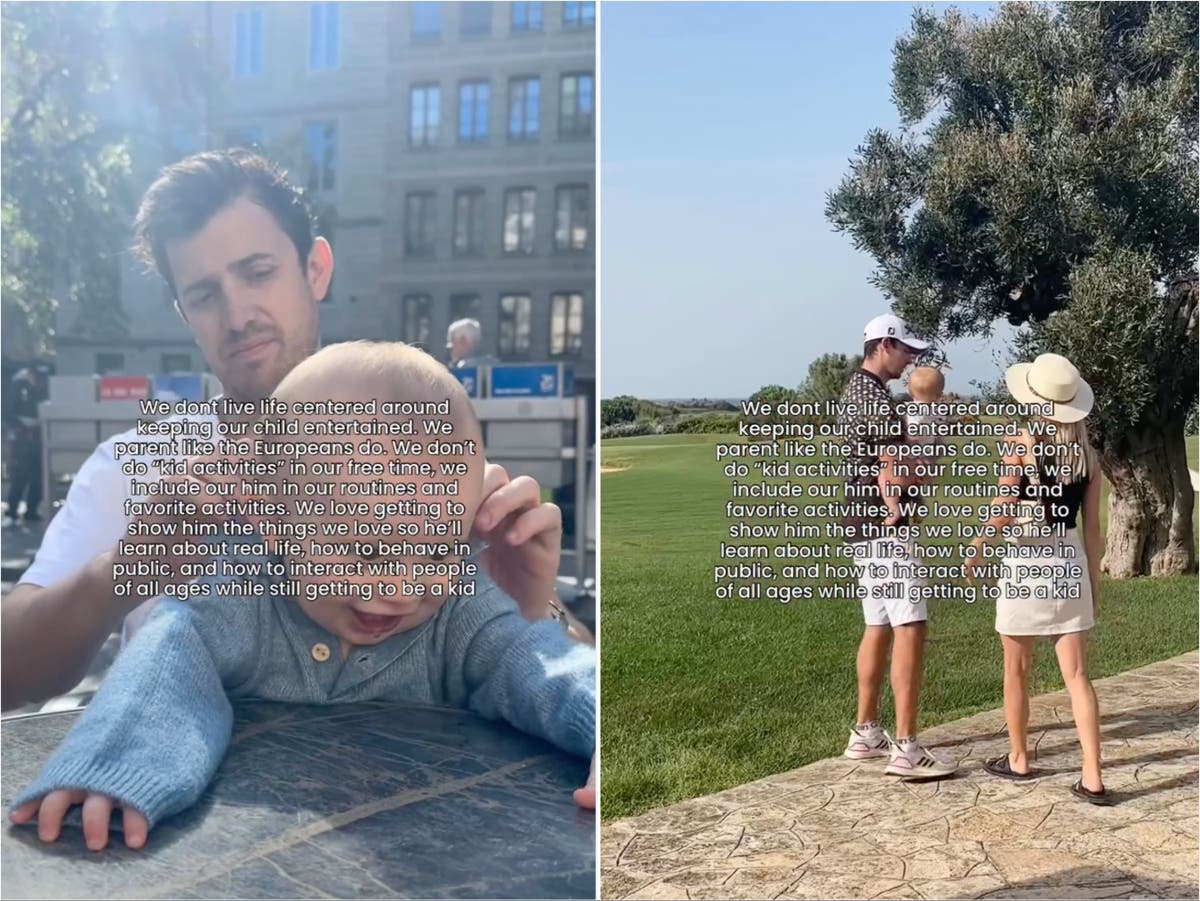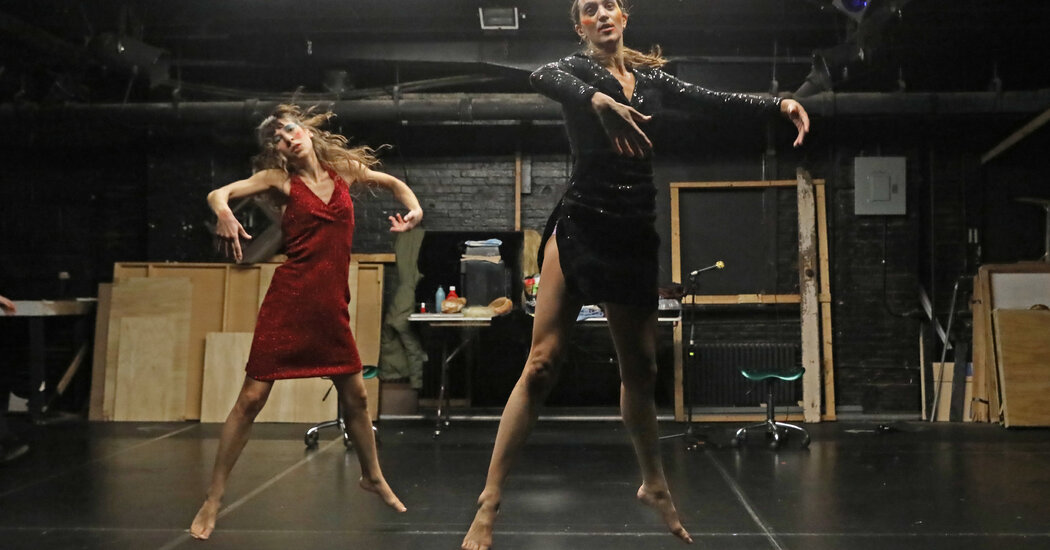Yo“I’m going to have a C-section,” I said firmly, not even 60 seconds after finding out I was pregnant.
As soon as those two little blue lines appeared, my mind raced through 10 months of pregnancy and arrived at the birth. A birth (as I had been led to believe by dramatized television series, daunting government statistics and many of my friends' own experiences) that would undoubtedly be a bloodbath of pain, fear and possibly worse. In fact, the story of my imagined birth was so visceral that I questioned whether I really wanted to have children through this traditional route. All of this had pushed me to believe that an elective cesarean section was the only way to maintain control and, crucially, stay alive.
It was only when I enlisted the help of a doula, and to be precise, Meghan Markle's doula (best known as a birth pioneer and world-renowned holistic obstetrician), that I learned how empowering childbirth can be. Scary? Yes. Unpredictable? Definitely. But those two things didn't mean he was destined to endure unbearable suffering, fear, and anxiety. There's another way. In fact, at the end of my journey with her – an extensive (and all-encompassing) pregnancy program – I was looking forward to her birth.
The term “doula” can mean different things to different people; However, it is a generally accepted term to refer to someone who helps with everything from birth preparation, such as hypnobirthing and colostrum collection, to being present during and after birth. first weeks postpartum. Fundamentally, doulas do not necessarily have medical experience, but rather are partners trained to support women during pregnancy and childbirth, both physically and mentally. Statistics show that having a doula can help a woman do just that, and a 2016 report from the National Library of Medicine found that a woman with a doula was 56 percent less likely to end up having a C-section and had more chances of going. They go into labor spontaneously, have a shorter labor, use fewer pain medications, and need fewer interventions.
The process between my doula and me began long before I even sniffed the maternity ward of the London hospital where I had chosen to give birth. It was a relief to be free of the anguish, to let it spill openly to be caught and cradled by someone I trusted implicitly, and even more so when none of it, not a single word, fazed her or her wonderful colleague. (whom he would see many times before her birth). They nodded throughout my monologue, and when it was over, they assured me that we would work together to achieve my birth.
Our seven months together included no less than 28 hours of sessions, a midnight phone call when I went into labor, followed by 21 hours in the hospital. There, she was instrumental in the decisions I made and gave me a constant sense of composure at all times. Finally, we shared a tired but elated hug in the postpartum room when it was all over.
Sometimes he would talk to me about a birth visualization, describing everything from the trip to the hospital to the moment I held my daughter in my arms. Other times she would lay me down quietly, on my side, breathing in the distinctive aroma of the olive oil she used.
But it really was “work.” He took time, effort, patience and a lot of unlearning, not to mention money. They gave me an extensive program of pregnancy guidelines, recommended I follow a sugar-free diet, and sent me a list of things to do at each stage of my pregnancy. As with much of the program devised by my birth pioneer, all elements combined science with a holistic approach. However, what was most surprising to me was that some of the key pillars that guided me were so simple that it seemed almost impossible for them to have a profound impact. But, of course, they did.
“I would like to start by creating a safe space,” she told me during one of our first sessions together. “A place you can retreat to during childbirth. “It will help induce a state of calm and take your mind off the contractions.” I squeezed my eyes shut, trying to force an image into my mind, desperately searching for some place that felt grounded enough that, when the time came, I would block out the fear, the sounds of the hospital room, and the chatter of the midwives. .
I had tried similar meditations before, finding myself in fields, beaches and rainforests, so I was initially hesitant about the concept. However, with some guidance on how to create that space correctly (“look at old photos to strengthen your visual record”, “focus not only on sight but also on sounds”, “smells, textures and even temperature”), my mind ended up floating there on its own. I found myself at the vacation home my family rented every year for Christmas. I enjoyed the warm hum of conversation around me, the honey-hued warmth of the twinkling lights in the trees, the clatter of glasses and plates as people made post-hike turkey sandwiches in the open kitchen. If I let myself (as I got better and better), I could spend long periods of time inside this pleasant piece of my memory. “Describe it to me,” my doula nudged me from time to time, in such a tone that it seemed as if a distant friend was asking me to tell stories about his home.
Miraculously, throughout my pregnancy, I would find myself in that space almost effortlessly. In fact, the knowledge that we have the ability to go somewhere at any given moment, where we feel safe and happy, is something that I feel will strengthen me for the rest of my life.

After several relaxing sessions of intense discussion about my understanding of birth and how the process was going to work, we added reflexology to the mix. Once a fortnight, during my second and third trimesters, I attended reflexology and massage sessions (with a twist, as with everything my doula did), where I drifted in and out of consciousness while she worked on my feet, my legs and, fundamentally, my abdomen. As my belly began to swell, I felt the baby's gentle kicks as my doula traced the stretched skin on the outside of my uterus. Sometimes he would talk to me about a birth visualization (he would describe everything from the trip to the hospital to the moment I held my daughter in my arms). Other times I would lie quietly on my side, breathing in the distinctive aroma of the olive oil she used, gently releasing the deep sighs that rose to my mouth. In fact, my doula also used reflexology throughout labor, to keep me as relaxed as possible, promote a greater overall sense of well-being, and give me a gentle boost of much-needed energy.
I was intrigued to discover that several studies have shown that reflexology during pregnancy significantly reduces pain during childbirth and reduces the duration of the first stage of labor. Another study shows that weekly prepartum reflexology treatments for women who experienced lower back and/or pelvic girdle pain during pregnancy also significantly reduced the second stage of labor by 44.3 minutes.
When I turned 32 weeks, my husband and I joined a group of other couples in my doula's hypnobirthing program (again with her signature twist of modern and traditional techniques). It allowed us to learn how the power of breathing and meditation (in short: self-hypnosis) can help with some of the heavy lifting during childbirth. Lying on pillows and with the curtains drawn, we were guided through a complete rethinking of how we viewed our bodies, particularly our pregnant bodies, and an elimination of the subconscious fears that for many of us had become woven into our understanding of biology and The science. birth. This included breathing exercises (“control your exhalation,” “hold your breath and count,” “make an 'ah' sound and let it linger for as long as you can”) and long guided meditations in which the three stages were explained to us. . of work in a way I had never heard before. The best way I can describe the course is as a magical mix of scientific explanations along with deeply intuitive knowledge about the human psyche.

The two-hour classes were certainly mesmerizing, and we often left feeling elated, eager to tell our friends everything we had learned and enjoy the deeper sense of connection we were encouraged to explore during them. But they were also exhausting. They required a lot of effort and energy; in fact, some of my deepest dreams during pregnancy occurred after the hypnobirthing session.
“You has to practice,” was the reminder at the end of each session, after which we would receive an email with a set of visualizations for the week, each read in my doula's own voice, ranging from a few minutes to long monologues. time and chaperones. It takes us deeper and deeper into a state of conscious calm. I listened to them every night while I inhaled and exhaled gently, or while I practiced “descending breathing”; It is a form of breathing that we were recommended to use during the pushing stage of labor, in which you breathe as deeply as possible into the stomach. so you can feel your diaphragm moving down and pushing into your stomach with each inhalation.
I was so immersed in this tried-and-true formula of one-on-one sessions, workshops, at-home exercises, and telephone guidance, that my overwhelming fear around childbirth disappeared without me realizing it. I began to notice that I had fewer and fewer questions each session, trusting myself enough to just show up and let the session unfold anyway. Only when my mother responded with surprise to my insistence that she was going to try a completely holistic birth did I realize how far I had come. Since I first arrived at the clinic, fearful and powerless, certain that I was going to opt for a C-section, I was (several months before my due date) determined (and dare I say excited) about my commitment to a birth without drugs. experience.
After all that work, all that knowledge, and the ever-present sense of security my journey had granted me, did my birth go as planned? Absolutely not. It doesn't matter how many visualizations you have worked on beforehand, not only “exhale baby”In fact, I ended up delivering my daughter with forceps in surgery. But when I look back at my one-year-old daughter babbling alone next to me, I feel like the details are irrelevant. Unlike many other women, I can remember the experience as positive, empowering and based on a constant flow of my own informed and supported decisions. My doula may never have needed to help save my life (as I assumed when she was first pregnant), but she certainly helped give my daughter the smoothest entry into hers. For that I will be eternally grateful.












